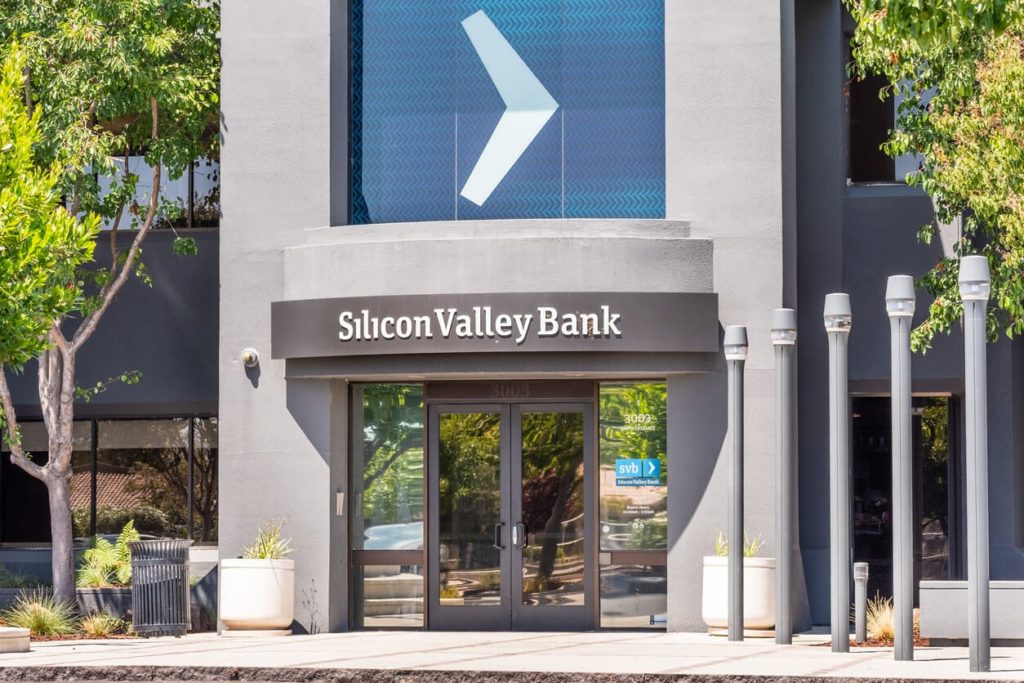While many were watching the Oscar’s, finance fans were watching the implosion of Silicon Valley Bank (SVB), the 16th largest bank in America.
Our TL;DR on what happened to SVB:
- SVB’s primary customer base was the startup community. They were not very profitable for SVB (not big borrowers i.e. few mortgages and business loans).
- 2020/2021: Low-interest rates + easy money environment allows startups to raise massive capital. SVB receives massive deposits (deposits grew from $74B in June 2020 to $212B in December 2022).
- SVB customers still didn’t need loans, but SVB wanted to make some money… so they invested in longer-duration bonds with an average yield of 1.60%.
- Enter 2022: Interest rates begin increasing.
- Money no longer flowing as it once did, SVB startup customers start feeling pressure. Deposits slow, withdrawals increase.
- Wednesday (3/8): SVB frees up money in their bond portfolio for customer withdrawals. They sell $21B of those longer-duration bonds for a $1.8B loss.
- Perception: SVB looks financially shaky.
- Thursday (3/9): Bank run begins. Customers request $42B of withdrawals.
- Friday (3/10): SVB stops withdrawals, doesn’t open for business.
- Sat/Sun (3/11-12): SVB customers with account balances > FDIC insurance limits fear they’ll lose their money.
- Monday (3/13): US Government expresses that banking is a “system of confidence” and promises to make customers whole.
Who’s at fault?
Some blame the depositors for perpetuating their own bank’s demise.
Some blame regulators for missing SVB’s (now) obvious excessive risks.
Some blame the Fed for hiking rates so quickly.
While all of the above certainly didn’t help, it seems clear that SVB’s managers, supervisors, and leadership bear the burden of responsibility.
They miscalculated their risk.
Namely, they took duration risk on their bonds while also having extremely rate-sensitive, quick-moving, well-informed customers.
Conclusion:
While depositors with balances exceeding FDIC-insured limits seem to be in the clear this go-round, the failure of Silicon Valley Bank should be a cautionary warning to everyone.






